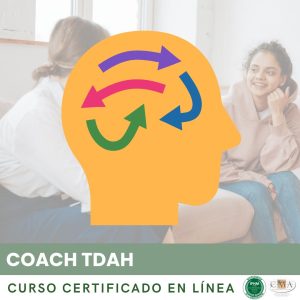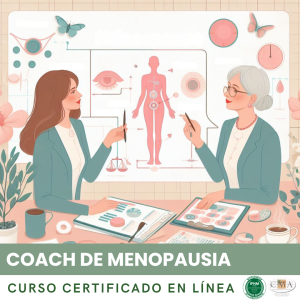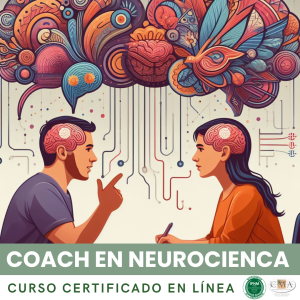
Non-verbal communication and body language are essential dimensions of the relational competence of the Ikigai Coach. Beyond words, it is often through gestures, facial expressions, posture, and tone of voice that emotions, intentions, and key messages are transmitted. Decoding and consciously using these subtle signals deepens the connection and alliance with the client.
Body language includes all movements, positions, and physical expressions that carry meaning. Open or closed posture, crossed or relaxed arms, the tilt of the head, the direction of the gaze are all indicators that inform about a person’s inner state. For example, a client sinking in their seat while avoiding eye contact may express discomfort or resistance, while an authentic smile and body oriented towards the coach suggest engagement and trust.
The Ikigai Coach develops a fine attention to micro-expressions that cross the client’s face, often fleetingly and unconsciously. A tightening of the lips, a raising of the eyebrow, a wrinkling of the nose can betray underlying emotions, like frustration, doubt, or relief. By spotting and tactfully reflecting these signals, the coach invites the client to explore their inner experience further.
The tone, volume, and pace of the voice also carry meaning beyond the verbal content. A strong and confident voice can express self-confidence and assertion, while a hesitating voice, interspersed with silences, may reflect uncertainty or emotion. The Ikigai Coach is attentive to these modulations and uses them as invitations to deepen the exploration.
Non-verbal synchronization, or “mirroring,” is a powerful technique for establishing trust and rapport. By subtly adopting the posture, gestures, and speech rate of the client, the coach reflects back a sense of understanding and acceptance. This synchronization promotes emotional tuning and the emergence of a coaching alliance.
The Ikigai Coach is also conscious of their own non-verbal communication and uses it intentionally. Through an open and engaged posture, soft and constant eye contact, encouraging nods, they signal their active listening and support. They strive to align their body language with their words, embodying authenticity and congruence.
Some Ikigai Coaching tools, like role-plays and situational enactment (submodule 8.5), provide privileged opportunities to explore non-verbal communication. By physically embodying a situation or posture, the client can become aware of the impact of their body language and experiment with new ways of being and communicating.
To develop their mastery of non-verbal communication, the Ikigai Coach can practice observing body signals closely in their daily interactions. The practice of mindfulness (submodule 8.6) will help them refine their presence to their own body and that of the other. Studying the work of pioneers like Paul Ekman on micro-expressions or Alexander Lowen on the link between posture and emotions can also enhance their understanding.
By integrating non-verbal communication into their practice, the Ikigai Coach enriches their range of interventions and ability to accompany the client as a whole. They create the conditions for an authentic and embodied encounter, where the body becomes a valuable ally in the quest for ikigai. This attention to silent language opens spaces for deep awareness and transformation, beyond words.
Key points to remember:
– Non-verbal communication (gestures, expressions, posture, tone) transmits emotions, intentions, and key messages.
– Body language informs about inner state: open/closed posture, eye contact, smile, etc.
– The Ikigai Coach is attentive to facial micro-expressions (lip pinching, eyebrow raising) that betray underlying emotions.
– Tone, volume, and pace of voice also convey meaning: confidence, hesitation, emotion.
– Non-verbal synchronization (mirroring) promotes trust and alliance by reflecting back understanding and acceptance.
– The Ikigai Coach purposely uses their own non-verbal communication: open posture, steady eye contact, encouraging nods.
– Role-plays are used to explore the impact of body language.
– Developmental mastery involves careful observation, mindfulness, and studying the work of pioneers (Ekman, Lowen).
– Integrating non-verbal communication enriches coaching, encourages an embodied encounter, and opens spaces for deep awareness and transformation.
👉 To download docx (Editable) file click here : Click here
👉 To download PDF file click here : Click here
👉 To download MP3 file click here : Click here





